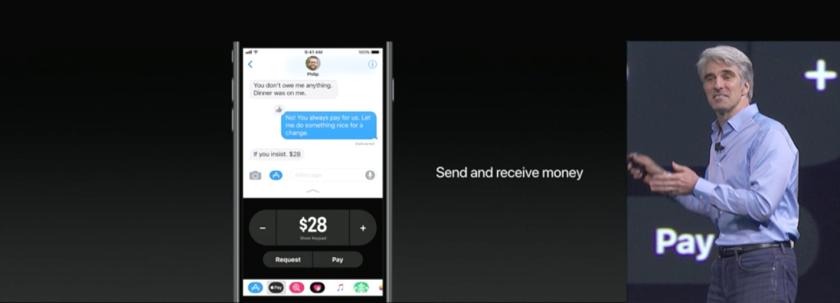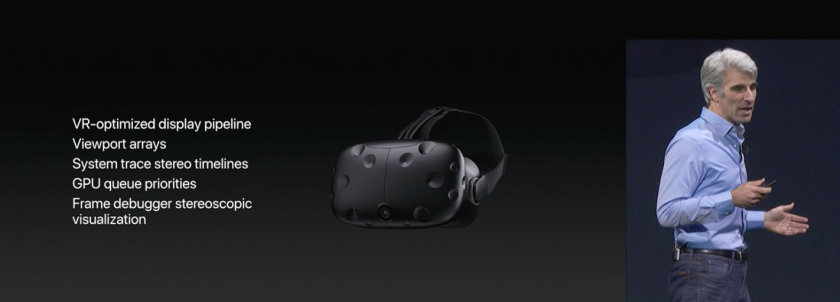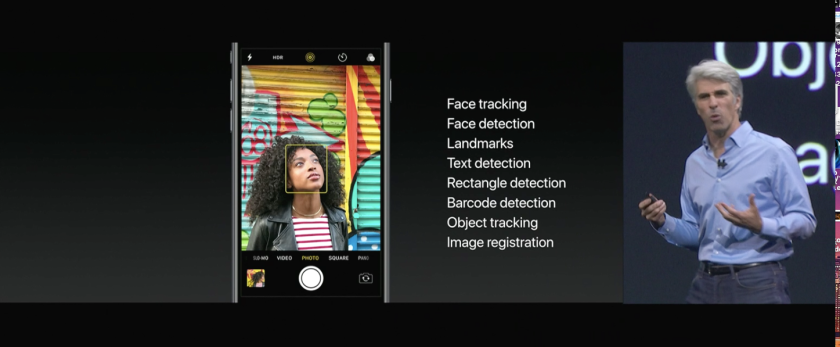In addition to updating hardware and its major operating systems including tvOS, iOS, macOS and watchOS, a few other updates stood out.
1. Predictive information delivery — on your wrist

The newest version of the Apple Watch operating system, watchOS 4, will come bundled with a new Siri watch face that integrates personalized recommendations directly within the experience. Similar in function to Google Now, this new delivery mechanism is built around showing predictive information cards based on time, location and interests, to name a few.
It remains to be seen how (or if) third-party developers like government agencies will be able to integrate service delivery into this new experience — but it does provide another example of the growing trend toward predictive information delivery.
Availability: Fall 2017 with watchOS 4
2. Apple Pay goes peer-to-peer

As part of iOS 11, Apple Pay will give users the ability to make peer-to-peer payments, like Square and PayPal, directly from any iOS device. By using the Apple Pay app within iMessage, users will be able to select an amount from their wallet, authenticate with TouchID, and send payments instantly to other iOS users.
This highly expected move adds to the growing number of technology companies that are jumping into the peer-to-peer payment space. Facebook most recently added the ability for users to send money to one another through the Messenger app, and others are expected to follow soon.
Availability: Fall 2017 with iOS 11
3. Apple gets serious about VR and AR

One of the surprises of this year’s WWDC was Apple’s increased focus on virtual reality (VR) and augmented reality (AR) technologies.
VR is technology that immerses uses into a fully simulated environment using virtual reality goggles typically tethered to a computer. For its virtual reality play, Apple announced collaboration with Steam, Unity and Unreal to bring VR content consumption and creation to the Mac. These new technology partnerships will accelerate the level of content created for VR across different industries — including government.

AR is technology that overlays or superimposes images over a person’s field of view, most notably seen through applications like Pokemon Go. For Apple’s AR play, it announced a new software development kit (AR Kit) to give third-party developers the ability to build augmented reality applications on iOS.
You can expect to see new applications that will augment the way you view, interact and work this fall.
Availability: Today, for developers. Most AR apps will not be available until iOS 11 is available in the fall.
4. Machine learning for all

Over the past couple of years, machine learning technologies have become increasingly more accessible through various Web infrastructures, but today Apple made it clear it wanted to join the pack. By opening access to Apple’s speech recognition, computer vision and natural language processing application program interfaces (APIs), iOS developers can now tap into Apple’s machine learning engines to add additional smarts to their own applications.
This new suite of functionalities provides an opportunity for government agencies with iOS apps to explore additional ways to increase the effectiveness of how services are delivered on mobile.
Availability: Fall 2017 through Metal 2
5. A Siri-enabled smart speaker

The most anticipated product to be announced was the new Siri-enabled speaker, dubbed the HomePod — Apple’s answer to voice assistants like the Amazon Echo and Google Home. HomePod, however, combines that functionality with the audio quality of a Sonos audio system. Apple sees the HomePod as a way to reinvent the home music experience and bundle Siri, its AI engine, in the center of it all.
No mention was made about the ability to build apps or skills outside of what’s already available through HomeKit, but a software development kit will likely be available in the fall.
Availability: December 2017 for $349








